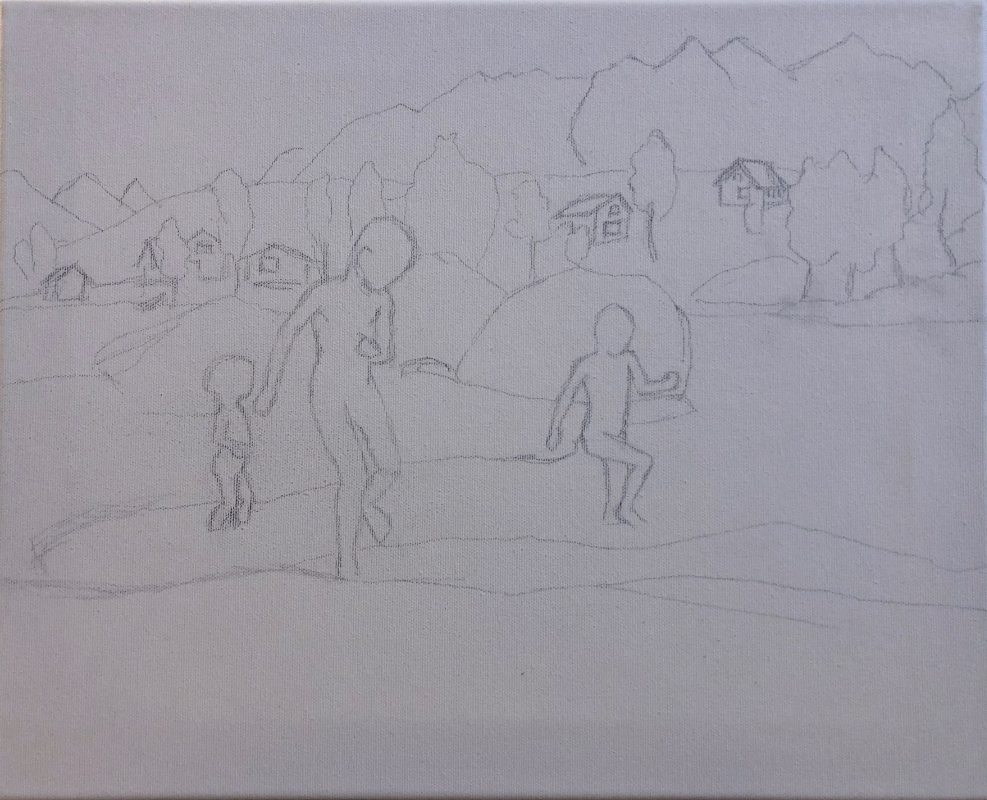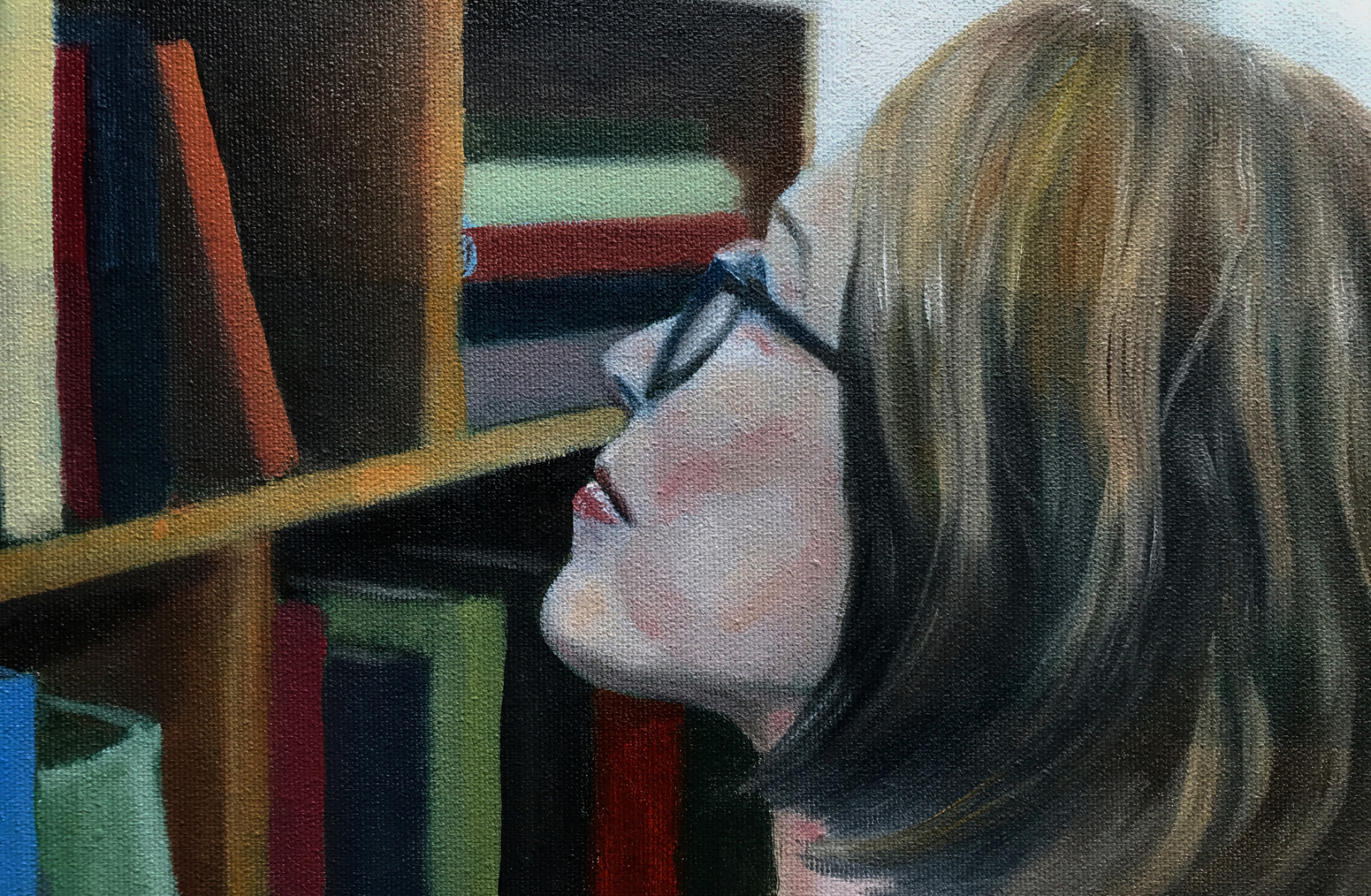About Style and Workflow
Freedom is one the most essential things for me when making art. It is great to be able to produce something that doesn't have to be rigidly classified or chained as with so many other things. That delightful freedom often completely abandons you and instead you are faced with a premonition of failure, mixed with horror. I guess many artists recognize this moment of utter despair, or perhaps one should say phase. It may last for long and during it you decide whether to continue the painting as intended or whether you should paint something new on top. Fortunately, experienced artists are able to identify this phase and won't slit their wrist by the first drawback.
Out of priciple, I won't tie myself to any style, either. A quick glance at my gallery page, however, reveals that classical realism is most often represented there. This has more to do with the expression whereas my motifs sometimes come close to naivism. There are also a couple of ligthly abstract works. I greatly appreciate and admire impressionism, too, and I've tried that in some works. I will certainly try to learn more of that approach in the future. It is deceptively simplistic but in some ways more difficult than very detailed realism.
It is undeniably true, at least in Finland, that realism (especially classic) does not enjoy much commercial success nowadays. I wouldn't claim that it's being straight-out belittled but there exist certain negative stereotypes related to it—e.g., it's oldfashioned, tedious and / or unimaginative. Especially works that have been meticulously painted to reflect a photo—without actually being photorealistic (or hyper-realistic)—may be viewed as mere copies. In the same vein, very abstract works tend to get arrogant comments like "even I could have done that".
Both angles are seriously narrow. It gets even worse when people attach concepts of "true art" or similar into these stigmata. Also, I find nothing "phoney" about a fulltime artist choosing their style and / or motifs largely according to their commercial fashionability. In Finland we say that the artist's bread is thin anyway. Sad it is only in case the artist feels themselves making endless compromises.
Not having an artist studio and living quite tightly I would rather sell every single painting. Because I paint only as a secondary job (if not a hobby actually) I think I'm more free to the whims of my imagination. So far my commissioning clients have asked for a quite realistic style, which has been fortunate for me. Therefore I haven't felt like having to compromise yet. I'm not completely free from commercial concerns, either, when envisioning a new painting but very often I notice that I really can't anticipate what will sell.
However, this is fully understandable. Apart from not meeting the expectations of art byers, most people never buy one single genuine painting. For many it is the home decor pictures from that do the job well enough. Firstly, paintings are relatively expensive for a regular consumer and many buyers' greatest concern is the color harmony of their home. I for one have never bought a real painting. These are things artists better not forget.
It is my principle to obey my imagination whether that will sell or not. In addition, I don't want to shackle myself to depict only certain themes but instead I try to be versatile. Sometimes I get terrified while starting a painting that has many new elements for me and I'm not sure if I'm able to reproduce them. Therefore it does require constant and conscious reminding myself not to act only within my own comfort zones and areas of nice experiences. Neither do I wish to think what might be work economically the lightest "mold" that has earlier even sold for me.
I challenge myself to try without fear and to learn and I refuse to be afraid of mistakes or failures. If for any reason I find myself surrendering and priming (gessoing) over a half-finished work to abandon it and start a completely new piece it is not the end of the world. In that case, I just wasn't upto it yet or it didn't strike the right chord for me. Maybe later I'll revisit the theme and succeed that time.
Since this is already a quite lengthy text I decided to write my first blog entry on workflow. If you've ever wondered what it requires for an oil painting to come alive or if you feel like trying yourself, go ahead and read it!

Below you can see an example of an unfinished painting that eventually didn't inspire me enough. I painted the piece called "River Waltz" over it. The original idea had a working title "In Wonderland" and this is a considerable upscale from a part of it.
